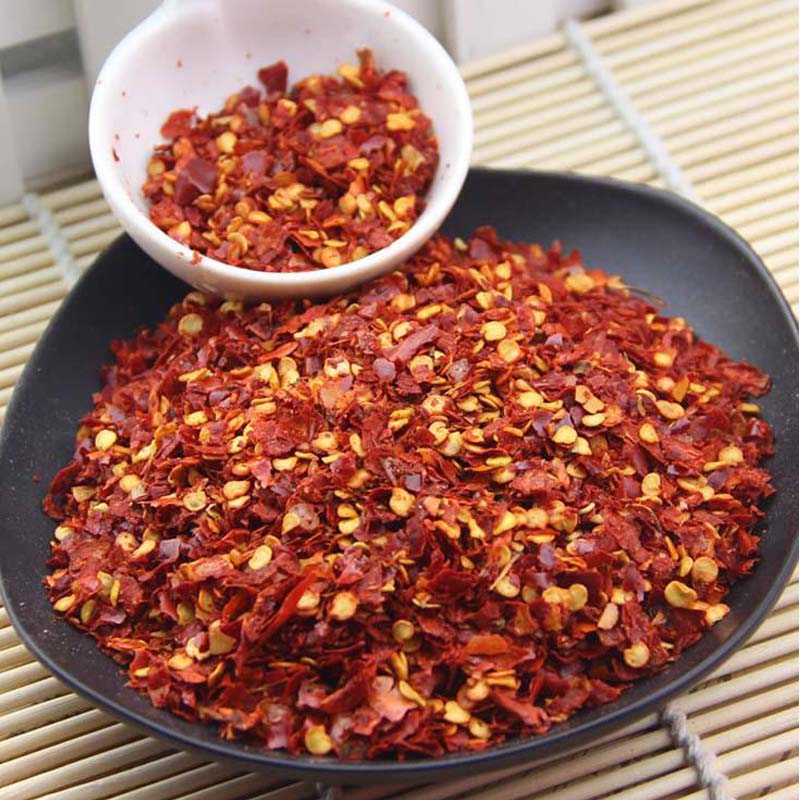- No. 268 Xianghe Street, Economic Development Zone of Xingtai city, Hebei 054001 China
- Byron@hbhongri.cn
homemade paprika
The Allure of Homemade Paprika A Journey into Flavor
Paprika is a spice that has enchanted cooks and food lovers around the world. Its vibrant red hue and smoky, sweet flavor bring life to a myriad of dishes. While most of us are familiar with store-bought paprika, few have ventured into the realm of homemade paprika. In this article, we will explore the journey of creating your own paprika, the benefits of making it at home, and how to use it to elevate your culinary creations.
The Origins of Paprika
Paprika originated in Central America and was brought to Europe by Spanish explorers in the 16th century. There are several varieties of paprika, with the most famous being Hungarian and Spanish paprika, each offering unique flavors—ranging from sweet to hot. Traditionally, paprika is made from grinding dried red peppers, but the quality of the peppers and the method of drying significantly impact the final product.
Why Homemade Paprika?
The process of making paprika at home allows for customization and quality control. Store-bought paprika can sometimes lack freshness or contain additives. When you make your own, you can select the type of pepper you prefer, whether you want a sweet, smoky, or hot flavor profile. Furthermore, homemade paprika offers a stronger and more vibrant flavor than its commercial counterparts, enhancing your dishes in unexpected ways.
How to Make Homemade Paprika
Creating homemade paprika is an enjoyable and rewarding process. Begin by selecting your peppers. If you want a sweet paprika, consider varieties like bell peppers or pimientos. For a spicier kick, look for cayenne or other hot peppers. Once you have your peppers, follow these simple steps
homemade paprika

1. Drying the Peppers Wash and slice the peppers, removing the seeds and stems. You can dry them in a dehydrator, an oven set to a low temperature, or even air dry them in a warm, dry place. Ensure that the peppers are completely dried out to avoid any moisture that could spoil your paprika.
2. Grinding Once dried, the next step is grinding the peppers into a fine powder. A spice grinder or a mortar and pestle works well for this. The finer the grind, the more flavorful your paprika will be.
3. Storage Store your homemade paprika in an airtight container away from light to retain its vibrant color and flavor. Consider labeling your storage with the date and type of paprika, as fresh homemade paprika will last for several months.
Using Homemade Paprika in Your Cooking
Homemade paprika can enhance a range of dishes, from stews and soups to roasted vegetables and meats. It can be the star ingredient in dishes such as chicken paprikash, goulash, or added to spice blends for rubs and marinades. Don't shy away from experimenting; sprinkle it on popcorn or use it to season homemade hummus for an added depth of flavor.
Conclusion
Making your own paprika is not just about the spice; it's about the process and the joy of crafting something unique with your own hands. As you embark on this flavorful journey, you'll not only enhance your culinary repertoire but also deepen your appreciation for this beloved spice. So, gather your peppers, roll up your sleeves, and dive into the vibrant world of homemade paprika. Your taste buds will surely thank you!
-
Turmeric Rhizome Powder: A Golden Treasure from Roots to TableNewsJul.28,2025
-
The Versatile Application Of Crushed Red Hot Peppers: Lighting Up The Red Flames On The Dining TableNewsJul.28,2025
-
The Paprika: A Touch Of Vibrant Red In Color, Flavor, And CultureNewsJul.28,2025
-
Ground Turmeric: A Modern Examination of an Ancient SpiceNewsJul.28,2025
-
Capsicum Liquid Extract: Features, Applications, and ChallengesNewsJul.28,2025
-
Application of Capsicum Liquid Extract in FoodNewsJul.28,2025







